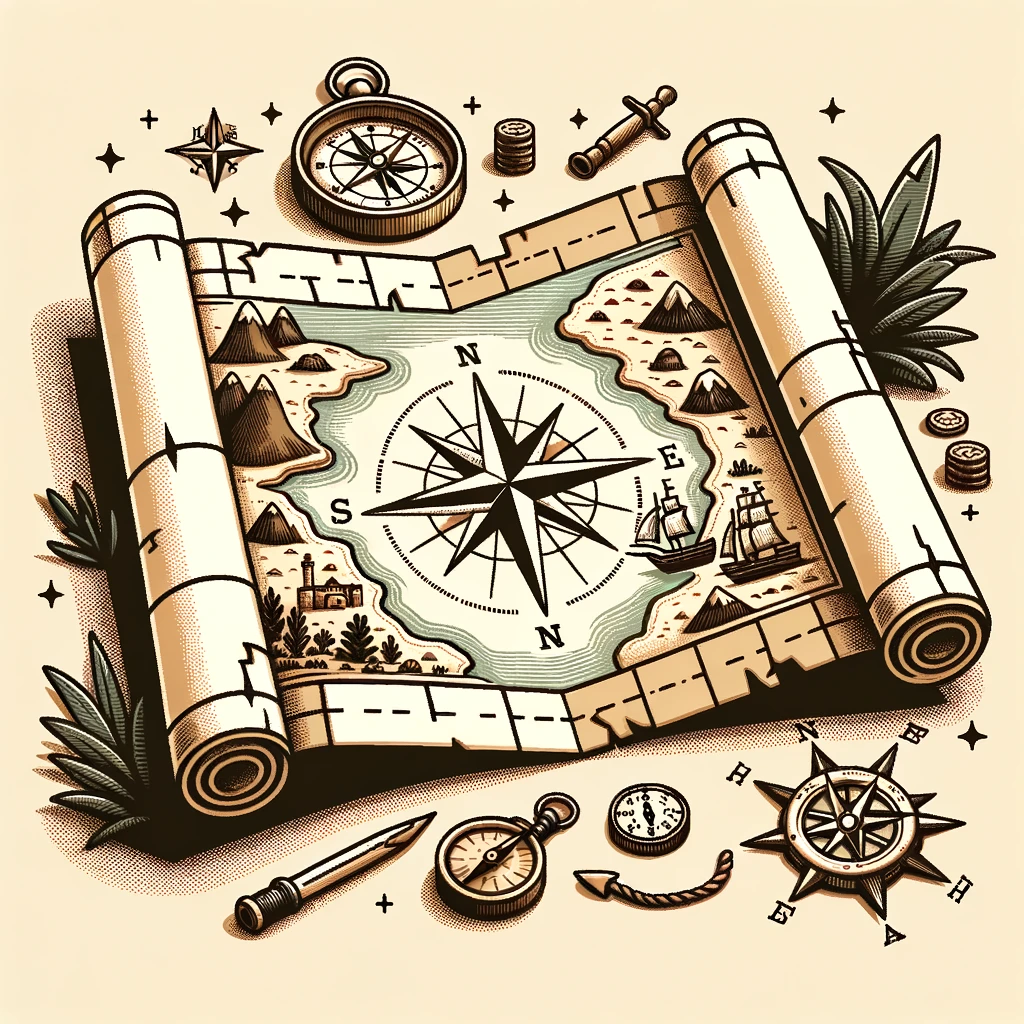AI Revolutionizing the Circular Economy
As our world increasingly leans towards sustainability, the intersection of **Artificial Intelligence (AI)** and the **circular economy** emerges as a transformative force. This partnership promises to propel us towards a more resource-efficient and sustainable future. By leveraging AI technologies, businesses can optimize processes, reduce waste, and create sustainable solutions that are both economically viable and environmentally friendly.
Understanding the Circular Economy
The **circular economy** is a regenerative system that aims to **minimize waste and make the most of resources**. Unlike the linear “take, make, dispose” model, the circular approach keeps products, components, and materials in use for as long as possible. The circular economy is based on three core principles:
**Designing out waste and pollution**: Innovating product design to eliminate waste at the source.
**Keeping products and materials in use**: Extending the life cycle of products through repair, reuse, and recycling.
**Regenerating natural systems**: Ensuring that products and processes positively impact the environment and restore natural ecosystems.
AI’s Role in the Circular Economy
As the circular economy gains traction, AI offers powerful tools to enhance and streamline its processes. The synergistic blend of AI technologies can significantly contribute to achieving **sustainable** and **efficient** circular solutions. Here’s how AI is driving change:
Intelligent Waste Management: AI-driven systems can sort and categorize waste with unprecedented accuracy, reducing contamination in recycling streams. This precision ensures that more materials are reused, reducing the need for virgin resources.
Predictive Maintenance: AI can predict equipment failures before they occur, extending the lifespan of machinery and reducing downtime. This capability supports the circular economy’s goal of keeping products in use longer.
Optimized Supply Chains: AI analyses can help streamline supply chains, minimizing waste and enhancing efficiency by forecasting demand and adjusting production accordingly.
Benefits of Integrating AI with Circular Economy
**AI integration** with the circular economy provides a plethora of benefits, enhancing both economic value and sustainability:
Benefit
Impact
Reduced Resource Consumption
AI allows for precise demand forecasting, reducing overproduction and resource wastage.
Enhanced Product Lifecycle
By using AI to predict wear and optimize maintenance, products can stay operational longer.
Decreased Environmental Impact
Efficient waste management and recycling reduce emissions and environmental footprint.
Challenges and Future Prospects
While the integration of AI with the circular economy holds immense promise, it also presents challenges that must be addressed for widespread adoption. Issues such as data privacy, the need for significant computational resources, and the requirement for skilled personnel are hurdles that stakeholders must navigate. Nevertheless, the future prospects are bright, with ongoing advancements in AI technologies offering promising solutions. “`html
AI Integration in Circular Economy: Transforming Resources
The **marriage of AI with the circular economy** introduces **innovative solutions** that redefine traditional approaches to product lifecycle management. AI, with its capability to process vast amounts of data and derive meaningful insights, plays a crucial role in dynamically optimizing resource use and minimizing waste.
Primary Benefits of AI in Circular Economies
Predictive Analysis:
AI algorithms forecast demand and identify patterns, ensuring timely adjustments in resource allocation.
Supply Chain Optimization:
Real-time data analytics improve logistics, enhance inventory management, and minimize overproduction.
Enhanced Recycling Processes:
Machine learning and AI enable more efficient sorting and processing of recyclable materials, promoting higher rates of material recovery.
AI Contributions to Circular Economy
This chart illustrates the **impact of AI** in various sectors, highlighting the scalable potential in **waste reduction**, **resource efficiency**, and **product innovation**.
Addressing Challenges and Exploring Opportunities
While the benefits are **manifold**, integrating AI within the circular economy isn’t devoid of challenges. These may include:
**Data Security Concerns:** Cybersecurity remains a significant consideration when handling sensitive and extensive data.
**Technological Access and Equity:** Ensuring that smaller organizations have equal access to AI tools and systems for a **democratized economy**.
**Policy and Regulatory Frameworks:** Establishing robust frameworks that support innovation while safeguarding interests.
Despite these hurdles, the **opportunities are vast**, presenting avenues for creative solutions and sustainable models that utilize AI-driven insights to foster a circular economy.
“`
In this continuation of your article, the focus is on the integration and practical applications of AI in reshaping circular economic practices. Through predictive analytics, supply chain optimization, and enhanced recycling, AI demonstrates its pivotal role. However, it also highlights key challenges to consider for successful implementation, ensuring a balanced and comprehensive exploration of this transformative alliance. Circular Economy: Enabling Efficiency Through AI
The transition towards a circular economy is essentially the embodiment of sustainable business practices. It emphasizes reducing waste, recycling, and reusing materials to create a closed-loop system that benefits all stakeholders involved. However, integrating artificial intelligence (AI) into this framework is the true game-changer. **AI technologies are facilitating intelligent systems** that enable industries to optimize resource management effectively, minimize environmental impacts, and significantly reduce costs.
AI in Material Lifecycle Management
**Material lifecycle management** is a crucial facet of the circular economy, and AI plays a pivotal role here. By utilizing advanced algorithms and machine learning models, businesses can track the entire lifecycle of a product or material. Such tracking allows for precise prediction of degradation patterns, enabling earlier intervention and better planning for reuse or recycling.
**Predictive Analytics**: AI-driven predictive analytics can **forecast the lifecycle stages** of a product, optimizing maintenance schedules and enhancing longevity.
**Smart Inventory Management**: Machine learning algorithms aid in optimizing inventory levels, reducing waste from overproduction.
**Efficient Resource Allocation**: AI systems ensure that materials are reused within the industry efficiently, thus minimizing resource wastage.
Waste Reduction Through AI Innovations
Reducing waste is at the heart of the circular economy, and AI innovations are significantly contributing to this goal. **Through intelligent waste management systems**, AI can efficiently classify and separate waste, ensuring that recyclable materials are not sent to landfills.
**AI-Powered Sorting Systems**: These systems improve the accuracy and speed of sorting, allowing industries to recycle materials effortlessly.
**Real-Time Waste Management**: AI technologies enable the monitoring of waste production in real-time, facilitating timely interventions.
**Data-Driven Insights**: With the help of AI, companies gain insights into waste patterns, enabling them to develop more targeted sustainability strategies.
AI in Energy Efficiency and Water Conservation
The term circular economy isn’t limited to recycling and waste management—**energy efficiency and water conservation** are also part and parcel of this paradigm. AI applications help industries manage and conserve energy and water resources, leading to both cost savings and reduced environmental footprints.
Application Area
AI Contribution
Energy Management
AI optimizes energy consumption by learning usage patterns and adjusting operations accordingly.
Water Conservation
AI-driven systems monitor water usage and detect leaks, effectively reducing water wastage.
Challenges and Opportunities
While AI offers transformative benefits, integrating it into circular economy practices presents both challenges and opportunities. **Data privacy concerns, initial setup costs,** and the need for skilled personnel to manage AI systems can be significant barriers. However, the advantages—such as reduced resource consumption, enhanced sustainability, and improved efficiency—far outweigh these challenges.
**Opportunity for Innovation**: AI derives **innovative solutions** to traditional waste and resource management challenges.
**Scaling AI Integration**: As businesses increasingly rely on AI, scaling these technologies will enhance economies of scale benefits.
Conclusion
In conclusion, **AI is a catalyst** for advancing the circular economy. By optimizing resource usage, effectively managing waste, and enhancing energy and water conservation, AI not only improves operational efficiencies but also empowers industries to commit to more sustainable practices. By embracing AI, we move closer to a truly circular economy that benefits both society and the planet.
List of Action or Summary Items
Implement AI-driven material lifecycle management to optimize resource utilization.
Leverage AI innovations in waste reduction to maximize recycling efficiencies.
Adopt AI technologies for enhanced energy management and water conservation strategies.
Address challenges of AI implementation by fostering a culture of innovation and skill development.
Ultimately, the synergetic application of AI in circular economy practices holds the promise of a sustainable future, where economic growth and environmental stewardship coexist harmoniously.




